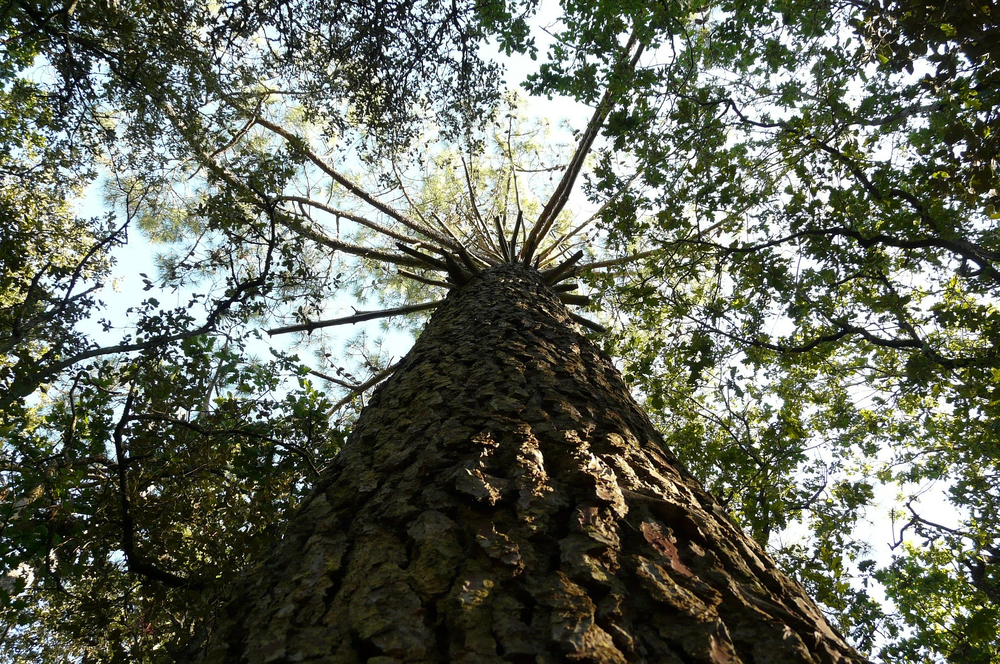holistic management of emerging forest pests and diseases
Is Pinus pinea a natural barrier for the insect vector of the pine wood nematode? New HOMED paper discusses
The pinewood nematode (PWN) Bursaphelenchus xylophilus (Steiner and Buhrer) is among the most serious threats to coniferous forests in Europe, known for causing substantial tree mortality when established. It is an invasive species in European pine forests, being vectored by the longhorn beetle Monochamus galloprovincialis. It is very difficult to control and one potential approach to slowing its spread is the presence of less preferred host trees that may disrupt the insect vector dispersal.

Pinus pinea
The question of which plants to monitor in order to eradicate the pinewood nematode is primarily concerned with the host plants of its insect vector. A recent HOMED paper published in the Annals of Forest Science journal set out to compare the abundance of M. galloprovincialis in pure stands of Pinus pinaster, a preferred host tree, pure P. pinea stands, a less preferred host, and mixtures of these two species. Their findings point to practical implications for PWN disease management and identify recommendations on how to improve it.
Read the full paper here.